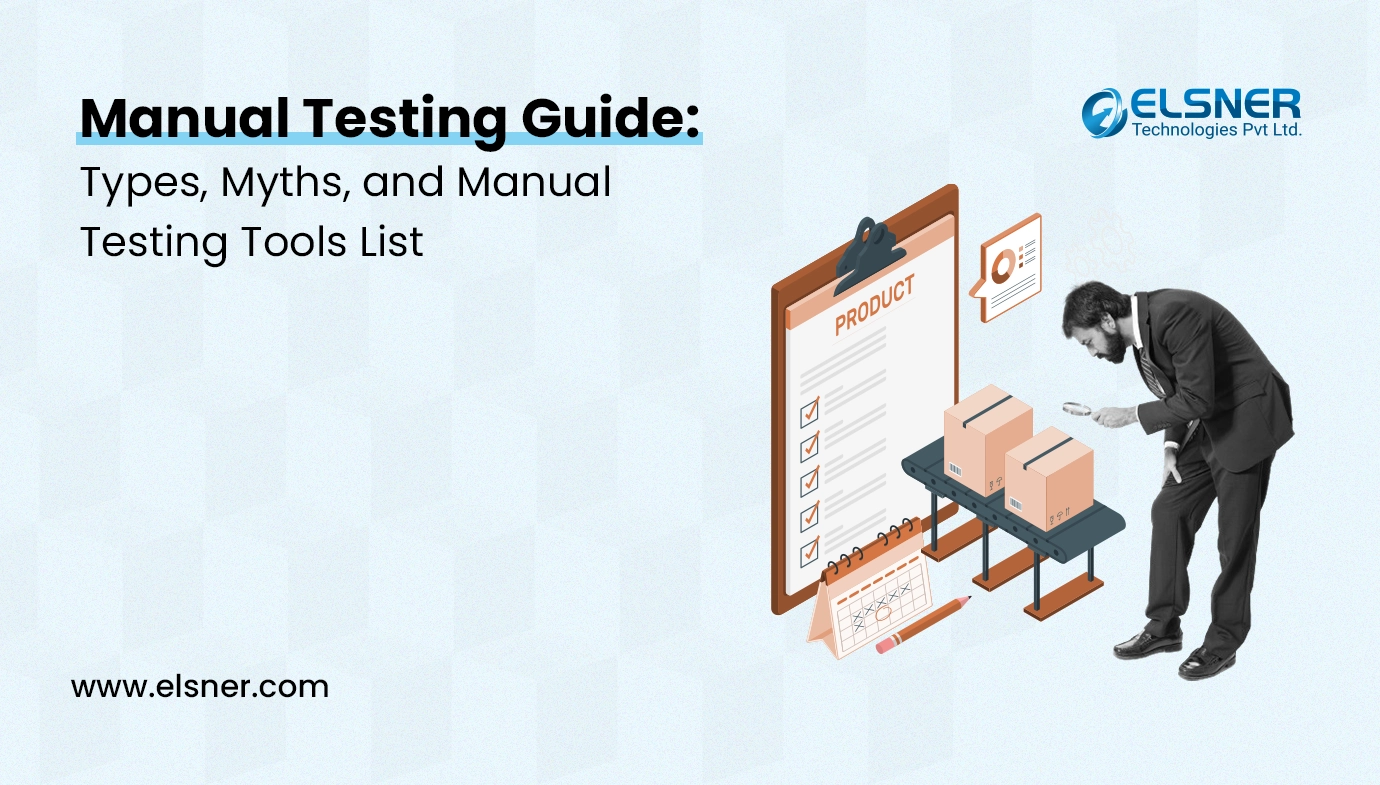The agile version is among the trending as well as the widely made use of software program advancement strategy based on the combination of incremental and also repetitive advancement, where the software is being constantly delivered basically as well as multiple cycles.
Agile testing is a testing technique based on active principles of software development. In agile testing, continual testing is being carried out with less or no paperwork and also routine comments and evaluations from the client/customers to enhance software quality.
Although, agile testing has particular advantages, which could draw in a tester to comply with and execute agile testing techniques, accomplishing agile testing is not straightforward as it seems to be. Testers that have actually been the part of the agile testing group are effectively familiar with the difficulties faced throughout the agile testing.
Let’s elaborate the challenges to which testers face while Agile testing.
- Not Enough Test Insurance coverage: The continual incoming and shifting demands boosts the opportunity of losing out the testing of crucial or essential performances and features. Further, short cycles and also continual shipment system of the dexterous model may require and drive testers to consider as well as examine only important capabilities and also leaving all various other major/minor capabilities untested.
- The absence of documents: Although less or no documentation is among the features of active testing, still the non-availability of paperwork job places the testing group in a difficult situation to validate as well as verify the software operating in the lack of documentation work.
- Dynamic altering requirements: Frequently incoming and shifting requirements after each model modifications or customizes the software program either in huge or in tiny respect and irrespective of the adjustments brought, the system needs to make go through regression testing to validate and also validate the originality of the system. Therefore, besides routine testing, creating regression examinations and also performing them after each model raises the problem of the testing group.
- Eleventh-hour changes: Unification of inbound and also changing demands is an acquired function of the dexterous technique. The device of the agile method depends on the fact that needs would be progressed gradually with the partnership of all teams including the business group with the client/customers. Nonetheless, when testing will close and the item is ready for its market release, at that moment of time intro of any more changing requirements is excruciating for the testers, specifically when the deadlines are coming close to.
- Efficiency specification: As in nimble methodology, software application progressively develops, complexity also raises gradually. Therefore, performance issues with the software occur as the developers are unable to examine the efficiency feature from an end-user perspective.
- Devices option: Selecting suitable and desired automation devices for automating the tests not at the onset of advancement however in the latter fifty percent is one of the major obstacles faced by the nimble testing team, as picking tools for the active set is much variety to that for conventional approach of advancement.
- Communication: Although development teams and client/customers collaboratively communicate after each model, still agile environment regards the lack of proper communication as a result of the absence of any effective communication medium or maybe the lack of any kind of type of paperwork.
Well, above mentioned are the issues which are faced by QA team while implementing agile methods in a quality assurance testing.

About Author
Pankaj Sakariya - Delivery Manager
Pankaj is a results-driven professional with a track record of successfully managing high-impact projects. His ability to balance client expectations with operational excellence makes him an invaluable asset. Pankaj is committed to ensuring smooth delivery and exceeding client expectations, with a strong focus on quality and team collaboration.




